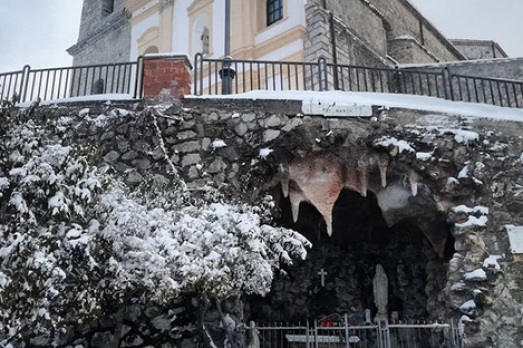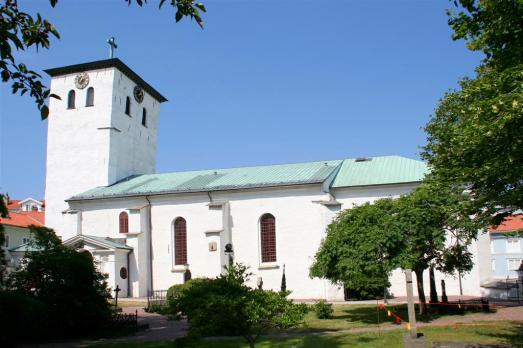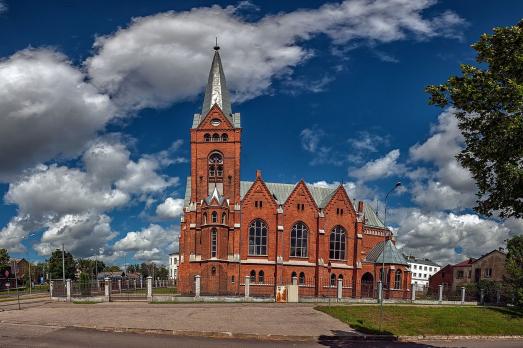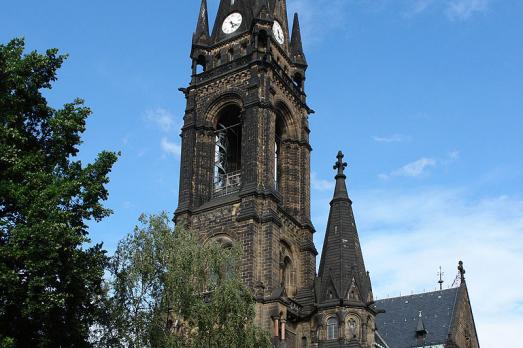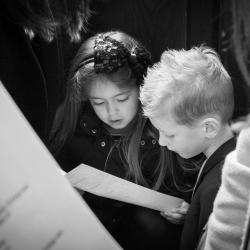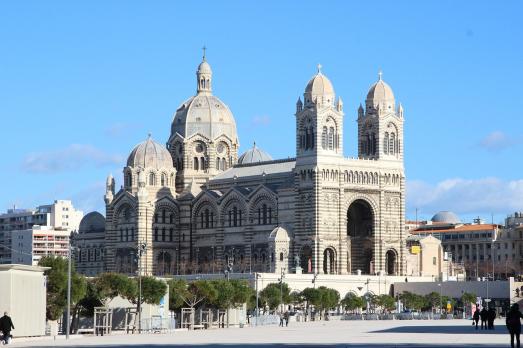
Marseille Cathedral
Marseille, FR
The Cathedral of the Major or Cathedral Sainte-Marie-Majeure is the catholic cathedral of the archdiocese of Marseille. The Major was built in neo-Byzantine style between 1852 and 1893 on the plans of the architect Léon Vaudoyer. It is a listed historical monument since 1906.
